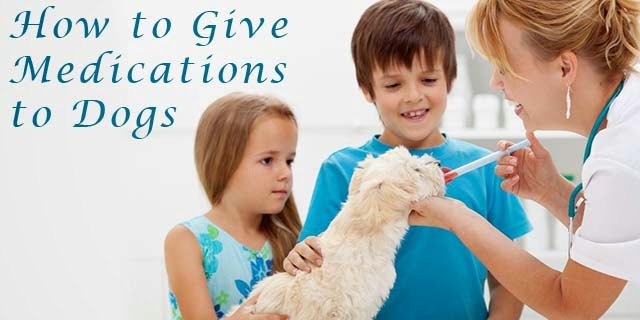Every dog owner says that they love their pooch, but the real test is when in the middle of the night you have to clean up their diarrhea. If you do it without getting mad at them, it means that you truly love your furry pal. Chronic diarrhea in dogs is a very unfortunate thing for dogs because they suffer in silence due to either inflammatory bowel disease or some other acute reason. This is where your patience as a dog owner counts much and it is that time period when your camaraderie with the canine either strengthens or withers away.
Before we look at the steps to treat acute diarrhea in dogs through home remedies that you can try at home, it is important to understand the factors that cause this problem in dogs. Diarrhea is the first signal from a doggy's body that it requires to cleanse or there is a deep state of imbalance. Remember, parasites or bacterial pathogens like to settle in the weakened body and then the causes need to be addressed properly. One of the prime reasons for digestive disturbance in dogs is due to feeding of heaving processed, dried or poor quality canned food. Remember, the best food that you can feed him is nature intended.
If you see blood in the stool of the doggy, it can be due to hemorrhagic colitis, which can be resolved by following the steps given below. Hence, there is no need to panic. But if you have a young dog or a puppy, who has diarrhea, accompanied by extreme lethargy and loss of appetite, it can be due to parvovirus infection. Under such circumstances, it is important to visit your veterinarian. A dog suffering from colitis is usually bright and alert with no other apparent signs. Look at the steps given below for treating your doggy from this chronic condition:
- Do not allow the doggy to eat for half a day or a day before feeding the next meal. Once the fast is complete, give pumpkin and chicken broth for 1 to 2 days in one or two meals a day. Then shift to a lean meat and vegetable blend encompassing fish, poultry or rabbit for a day or two before shifting to the regular diet.
- Have fresh water available for the doggy all the time. Ensure that he is hydrated by pinching the skin on top of the head. If it goes back to the original space in one second, it means that your furry pal is hydrated. If the skin folds for longer than that and hydration does not resolve the issue in a day's time, see your veterinarian.
- Boil or steam a butternut squash till it softens and peels when it cools down. You can even use yams or pumpkin. Integrate chicken broth or vegetable broth to make a mashed potato uniformity.
- If you have a picky eater, integrate some flavors like sardines, meat or salmon, but only in small quantities, so that it can entice your canine to eat. If he still does not eat, see your veterinarian.
- Integrate a good quality non-dairy probiotic to replenish the intestinal flora.
- If the diarrhea is acute, utilize activated charcoal tablets for neutralization of toxic bacteria.
- Never use any anti-diarrhea antibiotics, as most are useless in brief diarrhea episodes. There are also certain side effects of these antibiotics that can have adverse effects on the digestive system of the doggy which can last for months or years.
- If the diarrhea persists for more than 2 days or if the canine feels lethargic, take him to the veterinarian immediately.
- There are several diarrhea recipes available online that include rice and chicken broth, but that is not the correct way to go, as rice is not as soothing as it appears, rather you can go for squash, pumpkin or yams for best results.
- Slowly shift the doggy to the normal diet after 2 days.
- In case, the diarrhea persists, consult with your veterinarian.
















